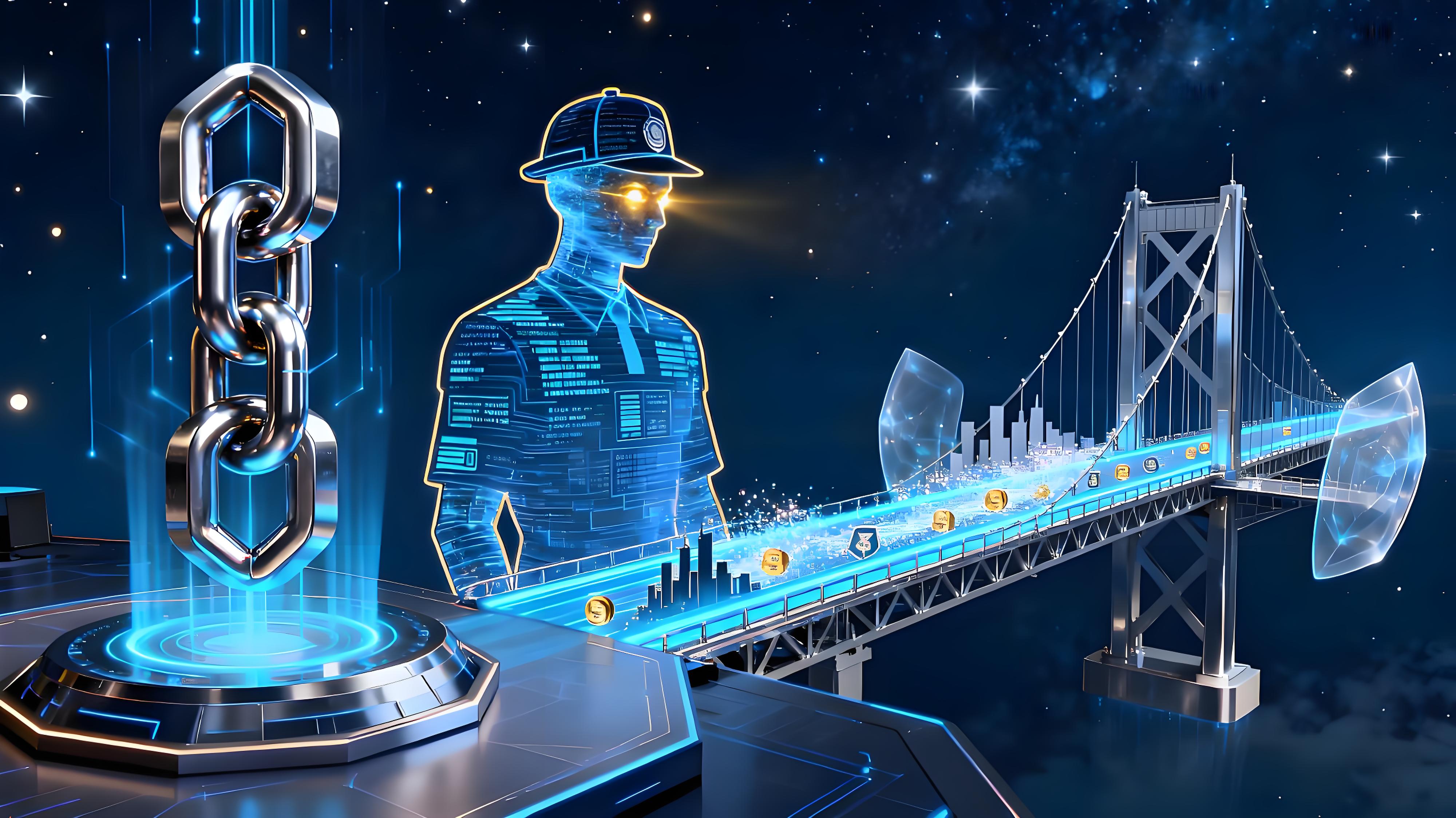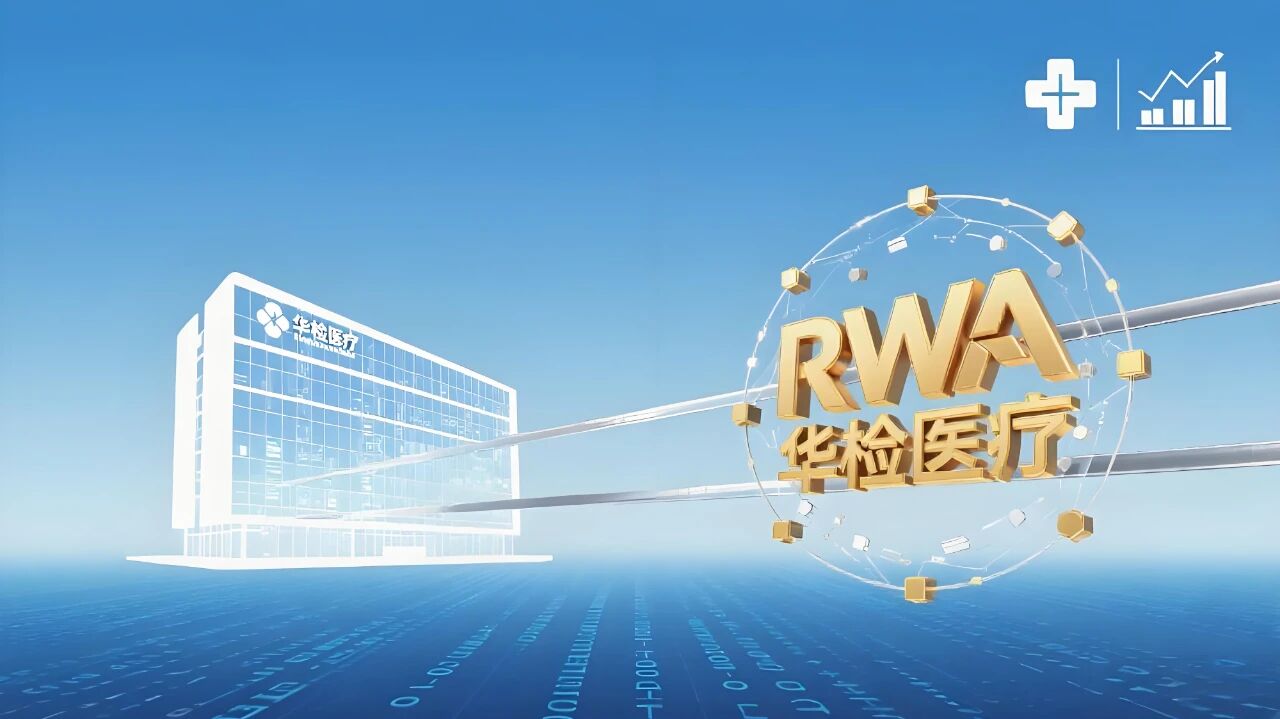Author: Liang Yu
Editor: Zhao Yidan
While everyone is discussing how to put assets on the blockchain, the real key to RWA (Real World Assets) lies in the "bridge" — the oracle. Its reliability directly determines the life and death of tokenized assets. If the blockchain is the stage, then the oracle is the referee: silent, yet capable of determining the direction of the game.
What is the carbon reduction value of Cao Cao's ride-hailing service in tokens? Does Huajian Medical's OTC drug inventory truly exist? These off-chain questions cannot be answered by smart contracts themselves and ultimately must be adjudicated by oracles. It serves as both the trust engine in the RWA world and the largest single point of risk.

The Soft Underbelly of Trust — Risks and Cases of Oracles
In RWA projects, smart contracts can handle on-chain logic but cannot directly perceive the off-chain world. Oracles act as the eyes and ears of the project, responsible for data feeding, state verification, and automatic execution. Once an oracle fails, the entire system is built on a false foundation.
There have been painful lessons in history. In 2019, Synthetix experienced the abnormal minting of 37 million sETH due to price errors; in 2020, the DeFi protocol bZx suffered an attack due to oracle manipulation, resulting in a loss of 3,649 ETH. These events reveal how the instability of oracles can collapse a massive financial system in an instant.
In March 2025, the prediction market Polymarket once again exposed the vulnerability of oracles. A betting pool regarding "Will Ukraine sign a mineral agreement with Trump before April?" (with approximately $7 million in bets) was maliciously manipulated by a "whale" holding a large amount of UMA tokens through the voting mechanism of the UMA oracle, leading to erroneous judgment results. This incident highlighted the governance attack risks that "Optimistic Oracles" may face when relying on token voting mechanisms, especially the challenges of qualitatively determining complex events.
Even in the traditionally compliant financial environment, similar challenges exist, albeit more deeply hidden. The rapid expansion of the RWA market has further amplified this vulnerability.
The Art of Bridging — Oracles with Different Security Levels
Different RWA scenarios have distinct needs for oracles. Centralized oracles are highly efficient, but once manipulated, the consequences can be dire. Decentralized oracle networks have widespread nodes and the strongest resistance to attacks, but they are often questioned in terms of cost and latency.
Alliance oracles serve as a compromise, with multiple institutions jointly verifying data, balancing efficiency and credibility. For example, MakerDAO invests part of its stablecoin DAI reserves in U.S. Treasury bonds and tokenizes these bonds on-chain through partners. Here, oracles are used to continuously verify the existence and valuation of Chinese bond assets in off-chain custodial accounts, which is crucial for the safety of billions of dollars in reserve assets.
On the other hand, traditional financial giants are also exploring their own paths. JPMorgan's blockchain division Onyx collaborates with the Monetary Authority of Singapore (MAS) on Project Guardian, exploring cross-border trading and settlement of tokenized assets (such as government bonds and foreign exchange). Oracles are used here to provide reliable exchange rate feeds and compliance status verification, reflecting traditional financial institutions' high regard for compliance and regulation.
DeFi protocols in the U.S. widely rely on decentralized oracles like Chainlink, pursuing censorship resistance and openness, which stands in stark contrast to the paths of traditional finance.
This diverse choice of paths reflects different financial cultures and systems' definitions of trust. Traditional financial institutions tend to favor "institutional endorsement," while the crypto-native world places greater emphasis on "algorithmic consensus." Thus, oracles become the intersection of the game between the two.
For RWA, this is not only a technical choice but also a philosophical question of trust architecture.
Compliance Oracles — The Legal Bridge for RWA
The development of RWA faces not only technical challenges but also compliance issues. Oracles play a key role in this process, becoming the bridge connecting the blockchain world with the legal framework of the real world.
Regulatory compliance is an unavoidable challenge for RWA. Oracles need to ensure that the data transmitted complies with local regulatory requirements, such as GDPR, MiCA, and other data protection and crypto asset regulatory frameworks. This requires oracles not only to transmit data but also to verify the compliance of data processing.
Identity and permission management are particularly important in RWA scenarios. Oracles need to integrate with digital identity systems to ensure that only authorized parties can access specific data while protecting personal privacy and commercial secrets.
Legal enforceability is another key aspect of RWA. Oracles can provide legally recognized evidence for on-chain transactions by introducing digital signatures, timestamps, and proof data, ensuring that on-chain actions can connect with off-chain legal consequences.
From Megaphone to Notary — Technological Evolution and Global Divides
In the past, oracles were seen as "megaphones," merely transferring off-chain data to on-chain. However, as market demands for security and transparency rise, they are evolving into "notaries," not only transmitting data but also verifying its authenticity and integrity.
Zero-Knowledge Proofs (ZKP) allow verification to occur without disclosing privacy, resolving the conflict between compliance and privacy protection; Trusted Execution Environments (TEE) ensure that data processing is not tampered with through hardware security zones, but reliance on hardware vendors' "trust roots" is also concerning.
The involvement of central banks and international regulatory bodies further exacerbates this divide. Meanwhile, the Bank for International Settlements (BIS) and the IMF are also studying how to introduce oracles into cross-border payments and bond tokenization scenarios.
Exploratory paths in different regions are distinctive: the Hong Kong government successfully issued tokenized green bonds, utilizing blockchain technology to enhance issuance efficiency and transparency. Oracles in similar scenarios can be used to introduce environmental benefit data or external interest rate benchmarks, showcasing the government's integration of financial technology innovation and sustainable development.
At the same time, Bank of China Hong Kong is collaborating with Huawei Hong Kong to explore the introduction of smart contracts in cross-border trade settlement using digital renminbi (e-CNY). The automatic execution of smart contracts requires oracles to provide key trade data (such as logistics receipt information), demonstrating the application prospects of central bank digital currency combined with oracle technology.
The U.S. emphasizes market-driven and decentralized approaches, Europe emphasizes alliance governance and compliance, while Singapore and Dubai seek flexible balances in commodities and cross-border payments. The experiments in the Philippines and Thailand are more exploratory, ranging from budgeting on-chain to public governance, showcasing the potential role of oracles in sovereign governance.
The existence of these divergences reveals that the future oracle ecosystem will not follow a single path but will be characterized by a multipolar and parallel structure.
Typical Case Analysis — Practical Applications of Oracles
RWA Practices of Hong Kong Listed Companies
Since 2025, the Hong Kong capital market has seen a "gold rush" for RWA. A large number of Hong Kong-listed companies with traditional financial licenses, physical assets, or existing business foundations are embedding RWA tokenization into their core strategies.
Property management giant Coolpad Group has established a "Real World Asset Tokenization Division" led by the chairman and CEO, researching the feasibility of tokenizing the rights to Coolpad Tower in Nanshan, Shenzhen, and the Coolpad Technology Ecological Park in Songshan Lake, Dongguan.

Huajian Medical is building a vertical RWA ecosystem, constructing an "IVDNewCo Exchange" ecosystem, with "high-tech assets of medical innovative drugs" and "intellectual property of medical innovative drugs" as core assets, and issuing the stablecoin "IVDDollar" (IVDD) to support it.

International RWA Development Trends
In the international market, RWA has become a core component of DeFi. The total value of on-chain tokenized assets has grown to approximately $30.26 billion, with market funds shifting from low-risk assets like tokenized government bonds (approximately $7.3 billion) to high-yield products like private credit (approximately $15.9 billion).
Private credit has become the largest component of the tokenized RWA market, with a total on-chain value close to $17 billion. U.S. Treasury bonds follow closely behind, ranking second with a value slightly above $7 billion.
Figure Technologies leads in the tokenized private credit space, followed by Tradable and asset management company Maple Finance.
Future Trust Boundaries — Risks, Controversies, and Prospects
Oracles are not omnipotent; they themselves contain new risks. Oracle attacks may trigger large-scale liquidations through price manipulation, and OEV makes oracles a new value extraction link, while governance issues concern who is responsible for erroneous data and who supervises oracle operations.
As the scale of RWA grows from billions to trillions, these issues are no longer marginal topics but sources of systemic risk. Future solutions may involve a national-level oracle network led by central banks and international organizations, or a hybrid model combining traditional finance and decentralized architecture.
There may even emerge commercial giants offering "oracle as a service," becoming the infrastructure for cross-border finance like today's SWIFT.
The next phase of competition in RWA projects will be a competition of oracle architectures. A well-designed oracle system can not only prevent single points of failure but also become a core competitive advantage of the project.
When investors evaluate RWA projects, they should prioritize the oracle solutions adopted as a key due diligence target, including their data sources, verification mechanisms, node composition, and contingency plans. Only under the premise of a sufficiently reliable "invisible referee" can the trillion-dollar RWA market truly transition from vision to reality.
As the total value of global on-chain tokenized assets surpasses $30.26 billion, the Chinese market is also making significant progress: the RWA trusted on-chain oracle developed by Sanwei Xinan has passed the testing and certification of the China Academy of Information and Communications Technology. This technology ensures that data from IoT terminals is authentic, complete, and non-repudiable throughout the entire process of transmission, processing, and on-chain.
As the "trust engine" of the RWA ecosystem, oracles are helping Hong Kong-listed companies activate their existing assets — Coolpad Group is exploring property asset tokenization, and new cities in China are promoting commercial real estate on-chain.
In the future, with the development of the "oracle as a service" model, this system may become a cross-border financial infrastructure like SWIFT, ultimately supporting a trillion-dollar RWA market.
免责声明:本文章仅代表作者个人观点,不代表本平台的立场和观点。本文章仅供信息分享,不构成对任何人的任何投资建议。用户与作者之间的任何争议,与本平台无关。如网页中刊载的文章或图片涉及侵权,请提供相关的权利证明和身份证明发送邮件到support@aicoin.com,本平台相关工作人员将会进行核查。




